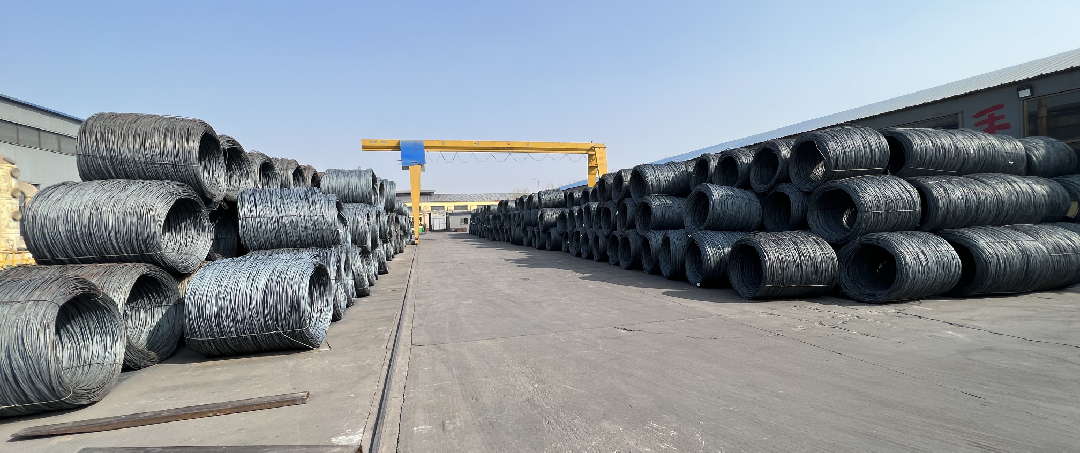Understanding the Costs and Effective Pricing of Barbed Wire Rolls for Various Applications
Understanding the Price of a Roll of Barbed Wire
Barbed wire has been a staple in agricultural and security fencing for over a century, serving multiple purposes from keeping livestock confined to deterring intruders. The price of barbed wire can vary significantly based on several factors, including material composition, gauge, length, and the specific market conditions. Understanding these factors can help consumers make informed decisions when purchasing barbed wire for their needs.
Factors Influencing Price
1. Material Composition Barbed wire is primarily made of steel, which is often galvanized to resist rust and corrosion. The type of steel used—whether it is low-carbon or high-tensile—can impact the cost. High-tensile steel is stronger and can stretch more without breaking, making it a preferred choice for various applications, albeit at a higher price point.
2. Gauge and Style The thickness of the wire, measured in gauge, also plays a crucial role in pricing. A lower gauge number indicates a thicker wire, which is generally more durable but also more expensive. Additionally, barbed wire styles vary, including single-strand and double-strand options, each affecting the final cost. Specialty barbed wires with unique designs or added features for extra security may incur additional costs.
3. Length and Quantity Barbed wire typically comes in rolls of various lengths, commonly ranging from 1,000 to 1,320 feet. Bulk purchases often grant buyers a discount, but the initial price per roll can vary based on the length. Longer rolls may seem more economical but can be cumbersome to handle and install.
price of roll of barbed wire

4. Market Conditions The price of raw materials, particularly steel, fluctuates based on global supply and demand dynamics. Economic factors such as tariffs, trade policies, and the overall state of the manufacturing sector can have immediate effects on barbed wire prices. During times of economic instability or global supply chain disruptions, consumers may witness increased pricing across various construction materials, including barbed wire.
5. Local Availability Regional differences in availability can also affect price. Areas where agricultural fencing is common may have competitive pricing due to higher demand and closer proximity to distributors. Conversely, in regions where barbed wire is less frequently used, prices may be higher due to shipping and handling costs.
Average Pricing
As of late 2023, the average price of a roll of barbed wire typically ranges between $100 and $200; however, prices can vary significantly based on the factors discussed. Specialty high-tensile barbed wire or those with enhanced coatings for durability may cost upwards of $300 per roll. Additionally, prices may differ between retail outlets and online marketplaces, making it beneficial for consumers to shop around.
Conclusion
When considering the purchase of barbed wire, it is essential to evaluate the specific requirements of the intended use—whether for agricultural, commercial, or security purposes. Understanding the various factors that influence the price can empower consumers to make educated choices without compromising on quality or safety. As market conditions fluctuate, staying informed about current pricing trends will ensure that consumers can obtain the best value for their investment in barbed wire fencing solutions.
-
Space-Saving Chain Fence Hacks Vertical Gardening with Cyclone MeshNewsJul.16,2025
-
Innovations in Iron Nail Wire Production for Modern ConstructionNewsJul.16,2025
-
Creative Uses of Wire Netting Fence in Modern Landscape DesignNewsJul.16,2025
-
Barbed Wire Fence Innovations in Anti-Climb TechnologyNewsJul.16,2025
-
Architectural Uses of Umbrella Nails for Aesthetic Roof DesignsNewsJul.16,2025
-
Architectural Uses of Razor Barbed Wire in Secure Urban DesignNewsJul.16,2025




